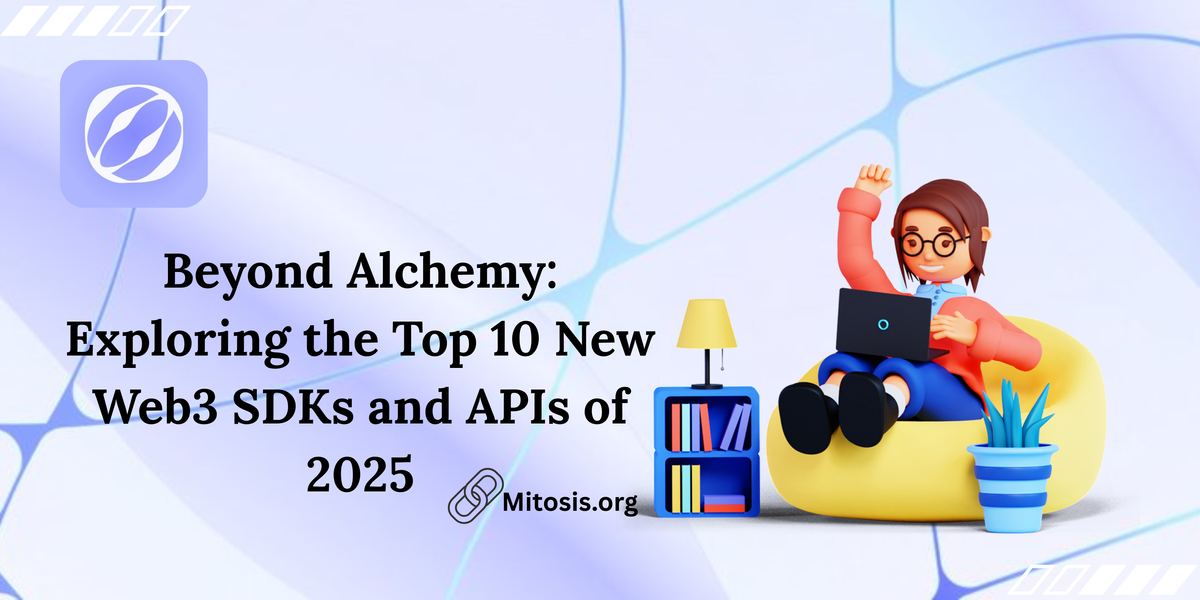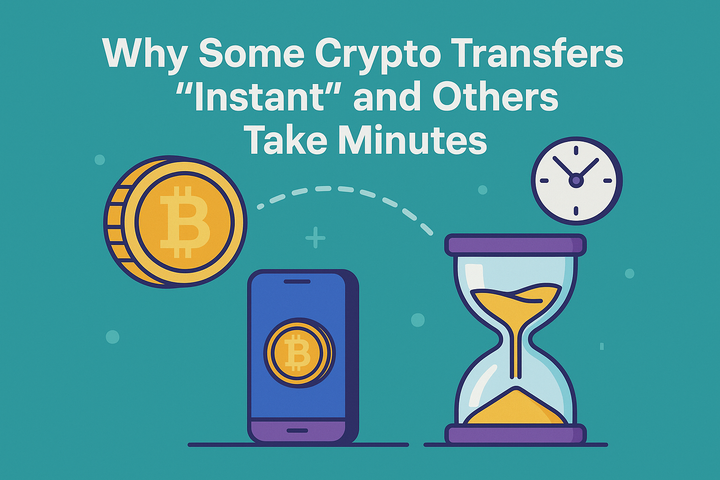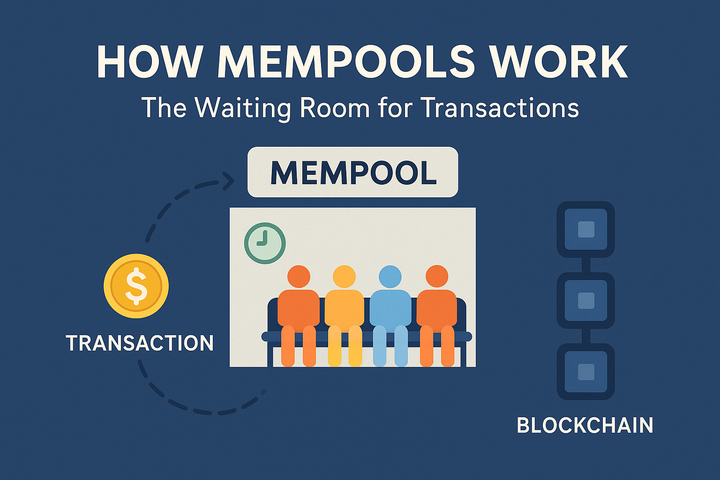Beyond Alchemy: Exploring the Top 10 New Web3 SDKs and APIs of 2025

In 2025, Web3 development is powered by a new wave of SDKs and APIs that abstract away the complexities of blockchain interactions, offering real-time data, account abstraction, NFT tooling, and AI automation. These tools—from Moralis’s cross-chain data pipelines to Composio’s AI-driven Crypto-Kit—equip builders to launch scalable dApps faster and more reliably. By integrating these SDKs into platforms like Mitosis, developers can craft user experiences with live vault dashboards, gasless wallet flows, NFT-backed yield products, and autonomous liquidity strategies—all while tapping into Mitosis’s programmable liquidity layer and Hyperlane cross-chain messaging.
1. Moralis Web3 Data API: Your Unified Blockchain Index
Moralis delivers a single, unified endpoint for querying transactions, balances, NFT metadata, and DeFi positions across Ethereum, Polygon, Solana, and more. Its Webhooks push real-time event notifications (e.g., miAsset mint/burn) directly to your backend, enabling instant UI updates. See https://docs.moralis.com/web3-data-api/evm?
Beyond basic queries, Moralis’s Streams API filters on-chain events (ERC-20 transfers, NFT trades) with webhook notifications. For Mitosis, Moralis can power Matrix Vault dashboards by streaming live proof events—minting of maAssets, vault rebalances—and trigger Hyperlane messages to rebalance liquidity across rollups.
2. Castle Smart Contract Wallet SDK: Next-Gen Account Abstraction
Castle provides modular smart contract wallets with multisig, social recovery, and gasless meta-transactions, all configurable via plug-and-play modules. Its batch transaction feature lets users bundle multiple calls (approval + deposit) into a single on-chain operation, reducing friction and gas overhead. See https://www.alchemy.com/dapps/castle?
With Castle, Mitosis can offer Vault participants self-custodial SCWs that pre-approve miAsset deposits. Under the hood, Castle’s OpenSea and Gem.xyz integrations allow seamless NFT purchases for NFT-backed Matrix Vaults, granting both custody and treasury-grade controls. See https://docs.mitosis.org/docs/category/expedition
3. Alchemy SDK: High-Performance RPC & Analytics
Alchemy’s SDK powers low-latency RPC endpoints, mempool monitoring, and advanced getLogs filters for EVM chains. Its Enhanced API layer surfaces enriched data (token metadata, fee estimates, tracing) that outpaces standard node operators'. See https://docs.moralis.com/web3-data-api/evm?
For Mitosis, Alchemy enables instant proof submission—sending STARK proofs on the Execution Layer—and light-client sync to verify cross-chain events on Hyperlane with sub-second finality. This ensures that miAsset mints and Matrix Vault reallocations appear on all chains within milliseconds of proof generation.
4. Mirror World SDK: Turn NFTs into Yield Engines
Mirror World’s SDK simplifies minting and market listing of NFTs on Ethereum and Solana, with built-in metadata hosting and royalty enforcement. Its Marketplace API aggregates liquidity from OpenSea and Magic Eden, enabling bulk listing and sweeping floor sales.
Mitosis can leverage Mirror World to build NFT-backed Matrix Vaults: users deposit rare collectibles into a vault, receiving maNFT tokens that represent fractional yield from exhibition rights or licensing fees. Mirror World’s IPFS gateway ensures off-chain assets remain verifiable on-chain.
5. Circle Yield SDK: Institutional-Grade Lending Primitives
Circle Yield offers an API for over-collateralized USDC lending, providing fixed APYs and real-time rate curves. Its Collateral API tracks borrow positions and collateralization ratios, while the Yield Simulator forecasts returns under varied market scenarios.
Integrating Circle Yield into Mitosis’s Matrix Vaults allows miUSDC to be programmatically allocated into Circle pools. A governance-driven agent can rebalance capital between on-chain vaults and Circle Yield strategies based on real-time data, maximizing APR while maintaining safety buffers. See https://developers.moralis.com/api/web3-ai-agents/?
6. CoinGecko Market API: Reliable Price & Volume Feeds
CoinGecko’s API delivers real-time price, market cap, and 24H volume data for 10,000+ assets via a simple REST interface. It's simple price endpoint supports batch queries across multiple chains and fiat conversions.
For Mitosis UIs, CoinGecko enriches miAsset dashboards with historical charts, dominance metrics, and DEX swap rates, enabling users to monitor vault performance without leaving the app. Combined with on-chain TVL data, it delivers a 360° view of cross-chain liquidity health.
7. Portals.fi API: Batch Swaps & Gas-Efficient Routing
Portals.fi’s API aggregates liquidity from Uniswap, SushiSwap, and Curve, enabling multi-hop swaps and slippage-optimized routing in a single transaction. Its bundle endpoint groups token approvals and trades, reducing on-chain calls and gas.
Mitosis uses Portals.fi to execute miAsset conversions during Matrix Vault rebalances. By bundling liquidation of underperforming positions with new allocations, Portals minimizes gas costs and front-runs, ensuring vault yields remain net-positive.
8. Mintify SDK: Deep NFT Analytics
Mintify’s GraphQL API surfaces rarity scores, floor price trends, and ownership heatmaps across Solana and Ethereum collections. It supports trait-based queries and time-weighted trade analytics.
In NFT-backed vaults, Mitosis can leverage Mintify to apply dynamic yield boosters: rarer NFTs generate higher APR, and automated adjustments ensure fair reward distribution. This fosters a new model of collectible finance where art and yield converge. See https://docs.moralis.com/web3-data-api/evm?
9. Stackup SDK: Gas Sponsorship & Bundled Transactions
Stackup’s SDK implements EIP-3074 account abstraction, letting dApps sponsor user gas and batch up to 100 ops in one call. Its Relay Network ensures transactions succeed even under congested conditions.
By embedding Stackup into Mitosis’s front end, users enjoy gasless miAsset deposits and auto-approved rebalances—transactions are bundled and gas-paid by vault incentives, smoothing the onboarding curve and reducing friction. See https://medium.com/%40BizthonOfficial/unlocking-the-power-of-moralis-scalable-backend-apis-for-building-web3-apps-ea3397663bf8?
10. Composio Crypto-Kit: AI Agents for Autonomous DeFi
Composio’s Crypto-Kit provides JavaScript and Python SDKs for AI-driven workflows: portfolio rebalancing, arbitrage detection, and governance proposals generation. It integrates on-chain data sources, social sentiment, and macro signals into agent scripts.
Integrating Composio with Mitosis unlocks hands-free vault management: an AI agent monitors Matrix Vault APR spreads, deploys capital to the highest-yield chains via Hyperlane, and submits governance votes according to risk profiles—all autonomously and transparently. See https://docs.mitosis.org/docs/category/expedition
Conclusion
In conclusion, by weaving these ten SDKs and APIs into your stack, you can build scalable, user-friendly, and automated Web3 applications. Platforms like Mitosis stand to benefit immensely, elevating cross-chain liquidity, vault strategies, and dApp experiences, paving the way for the next generation of decentralized finance.
🔗Links:



Comments ()